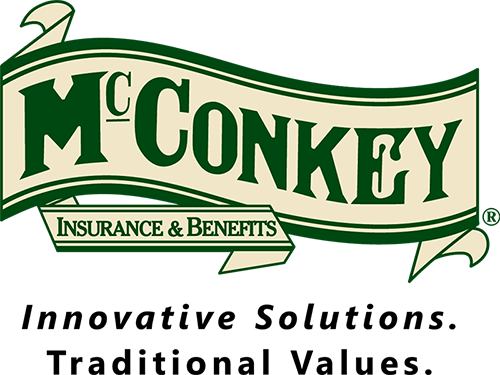
According to the Wall Street Journal, one in 50 homeowners filed a water-damage claim every year from 2013-2017, which is the latest data from Verisk Analytics. Unlike other types of claims that have gone down in frequency over the years, such as fire, water damage claims continue to be a common claim seen from all types of insurance carriers. It’s still the #1 cause driving homeowners insurance claims, including catastrophic losses.
Why so much water damage?
Older homes are a primary reason homeowners are seeing damage severe enough to file an insurance claim. With aging homes come aging plumbing systems. Failed plumbing is the number one cause of water damage. It’s most prevalent in homes 16-40 years old, with older homes more susceptible to problems.
What is driving increased rates with this market trend?
In the past few years, the insurance industry has been slammed with catastrophic losses every time another catastrophic natural storm devastates a region. Water is a problem even for areas not impacted by major weather, though. “Ordinary” weather is also impacting water damage claims due to freezing pipes and water back up.
The cost to fix the damage increases as the cost of labor and material also increases. This is also impacted by the difficult task of finding qualified contractors to repair the damage, which escalates costs. While this work takes place, there is also cost associated with temporary living expenses when damage is too bad to live at home while repairs take place.
The average cost of a water claim?
Most water-related homeowners insurance claims are around $10,000 or more. Homeowners are advised to bank on claims being on the higher side and should consider having a higher limit on their policy.
How can homeowners prevent a water damage claim?
- Install water leak and freeze sensors – Place them anywhere there could be possibly be water damage, temperature or humidity issues such as”
- Near the bath tub, toilet, sink or under the vanity
- Under kitchen sink or on the floor near the sink
- Under the washing machine drain or near the water supply hoses
- Near the water heater or in the catch pan
- Near any other water source
- Complete home inspections – Whether annually or seasonally, check all areas of your home for leaking pipes, moisture, working sump pumps and dripping water.
- Review your policy – Connect with your insurance agent to review your existing coverage. It might be wise to increase your limits so you’re ready in the event of a loss.
At McConkey, we are more than happy to help you review and better understand your policy and your family’s needs.



